Interview: Marianne Forrest & Edward Gillman, Auto Italia South East
By Something CuratedHelmed by Kate Cooper, Marianne Forrest, Marleen Boschen and Edward Gillman, Auto Italia South East is an internationally recognised artist-led project and studio that commissions and produces large-scale collaborative projects with emerging artists. Founded in 2007, Auto Italia’s work investigates the politics of self-organisation and collaborative practice, developing new models for producing and distributing artwork through performance, exhibitions and digital projects. Led by active research, programmes are developed through collaborations with artists in Auto Italia’s peer community. By working with practitioners from diverse creative disciplines, Auto Italia’s research brings together a varied set of positions, finding strength through critical mass. Something Curated meets with Marianne and Edward of team Auto Italia, at their new Bethnal Green HQ, to learn more about this unique organisation.
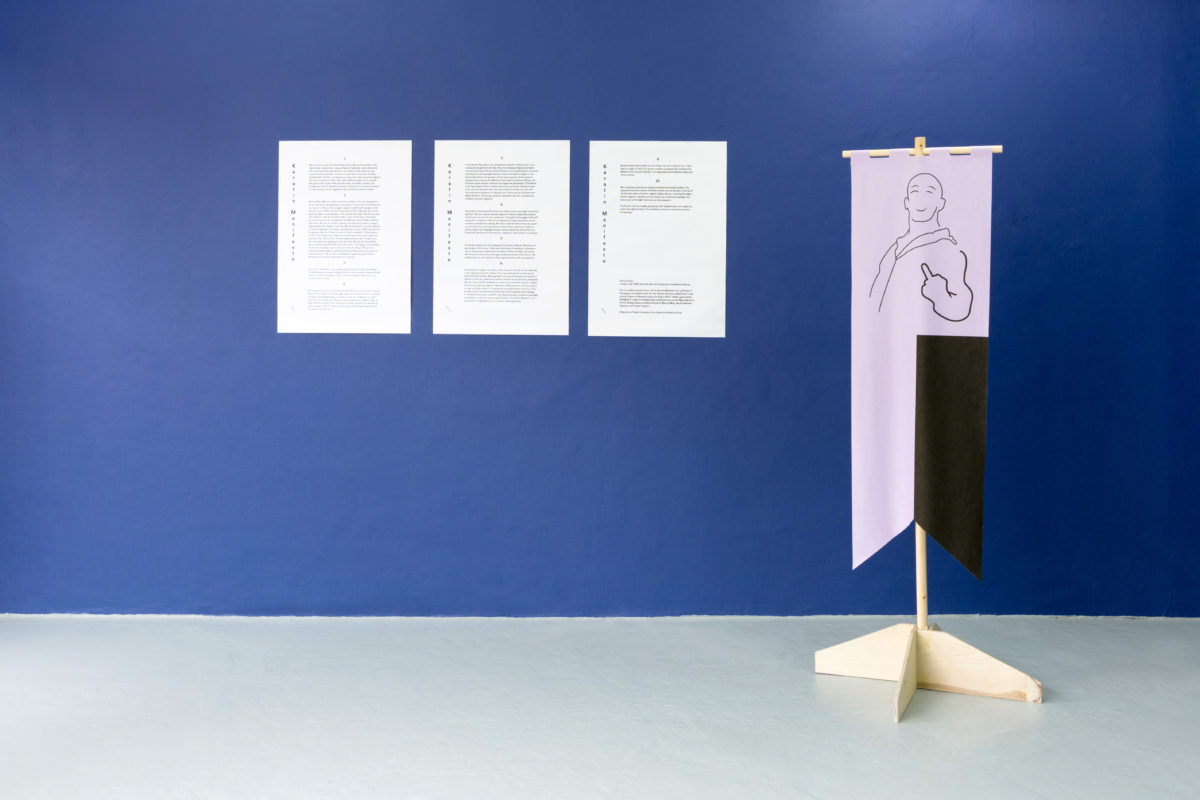
Something Curated: Tell us about Auto Italia, the vision and ethos behind the organisation?
Marianne Forrest: Auto Italia was founded by a group of recent fine art graduates as a response to feeling like there weren’t spaces where they could show their work or the work of their friends, and wanting to create autonomous space where they could experiment outside of the art market. The first space was in a squatted building that some of them were living in, and they started making work and doing shows together. The project has always been an experiment in seeing what was possible to achieve collaboratively, and what the politics were of group work and collective practice when a artists come together and self-organise.
The first space – an Alfa Romeo showroom – had “Auto Italia South East” as a sign above it which is how we got the name. Since then Auto Italia has worked from a series of donated spaces, working with a number of housing associations in Peckham until 2012, and then property developers until 2014. The project has always worked through ideas of what it means to occupy these spaces, asking what the bargain for artists might be for opening up and developing cultural space in London and beyond.
The direction or vision of the organisation is shaped by the artists that are working within it which has grown with a shifting team of artists at its helm. Previous co-directors and collaborators have gone on to develop their own artistic practices outside of Auto Italia, yet the community of artists remains really important to the project.
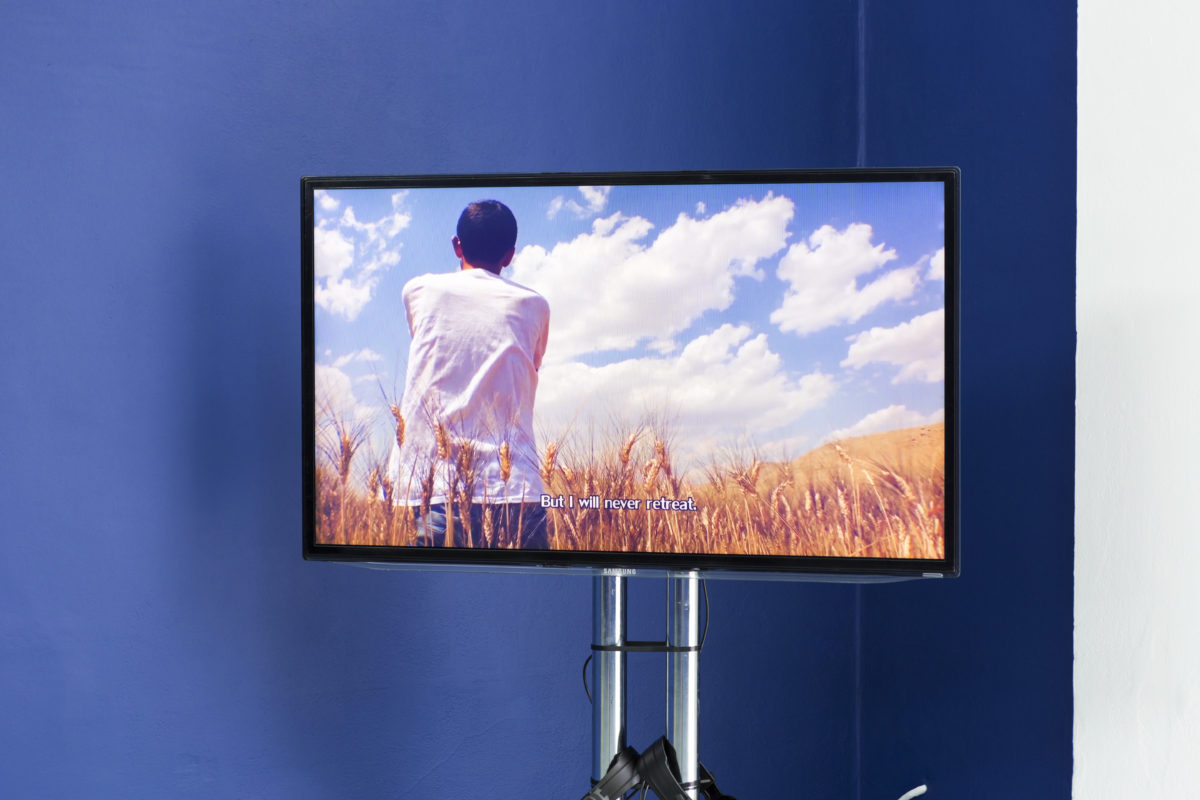
Edward Gillman: Auto Italia is really informed by its peer community – the network of practitioners that come together time and time again to produce our large-scale projects. This network is really unrestricted, and includes artists, designers, writers, activists and more. This coming together of people to learn from one another is what really defines us as an artist-led space; it’s very much a grassroots organisation of people wanting to produce ambitious and radical projects.
MF: I think everyone involved tries to approach it with a sense of collaboration. We see what we’re doing as active research, so not necessarily about creating “final products” but more of creating space to investigate topics and themes; engaging with and unpacking sets of ideas.
EG: In terms of its vision, Auto Italia functions as many things at one time – it’s an artist-led space, an artist, a commissioning organisation, a community, and a charity. So it operates as an amorphous and flexible form, which enables us to be very responsive to our wider context and London, allowing us to strategise and rethink what’s possible in this city.
SC: What are you currently working on?
MF: Our current exhibition, running until July 24th, is Hailweed. For this project, we were thinking about what a public-facing proposition could be for our new project space –thinking about what it means to take up a building in London at this time, when so many artist-led projects are struggling to keep or gain access to space. It doesn’t feel like there are many possibilities for things starting now to build and keep going. For a long time we didn’t think we’d get another space in London, we felt it just wasn’t possible, so to manage to secure one was unexpected and exciting. At the heart of Hailweed is a working through of ideas about different modes of production, distribution and an idea of host and parasite: how an art institution, artist-led space or an artist might simultaneously enact both those roles. We wanted to talk a bit about the relationship between the artist as producer and the institution or gallery as the distributor, thinking about when they blur and what alternative systems of production might be available to us.
The artists and groups involved in this project – Aimar Ariola, Research Center for Proxy Politics, Syria Mobile Film Festival and Suzanne Treister – are all approaching ideas of alternative circulation and provocations for new systems to challenge inherited notions around production and labour. The range of works and ideas that have been brought together within Hailweed feel really important in this moment; with Ariola’s Keratin Manifesto a call to arms to throw aside inherited divisions between human, plant and animal; RCPP exposing hidden structures of sovereignty at work within the City of London Corporation; SMFF presenting a new alternative for image production and distribution for Syrian voices; and Treister looking to sprawling networks and fictional narratives to uncover the hallucinogenic potential of trading markets.
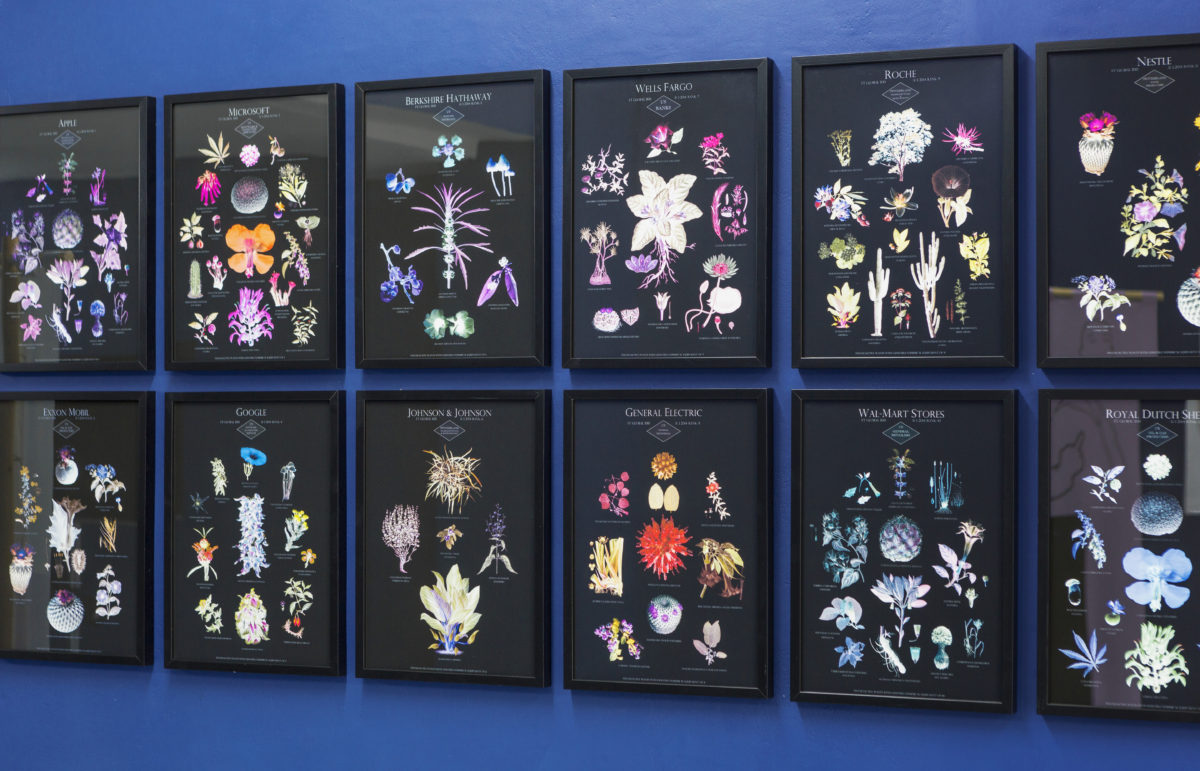
EG: The name of the project, Hailweed, is another name for a plant called dodder, known as the vampire of the plant world that finds a host plant and grows into it. It essentially sucks the life out of the host and then moves on again.
There’s kind of this play with fiction and reality that carries through all the works. There’s a clear fictional intervention with Suzanne Treister’s work, but there’s also this idea of how fictional or non-fictional trading markets might be. With the Syria Mobile Film Festival, the political and social context of the work is so shocking and unbelievable, in particular footage taken in warfare. Even images that aren’t immediately violent respond to forms of emotional or social violence enacted by states and become almost fictional in their horror. The project is an incredible distribution network that enables artists and film-makers to share work outside of Syria and also brings moving image work into screening events inside of the country. We’ve always been interested in working with artists and collective projects investigating alternative models for distribution and collective practice, and seeing how collaborations can take shape with different artistic communities and spaces. We’ll also be hosting a special screening event for Syria Mobile Film Festival with a Q&A with one of the programme organisers at Auto Italia on 28th July.
MF: We’re also about to launch our first ever benefit auction to support our future programmes in collaboration with Paddle8. Marking the launch of our first permanent project space in London, the auction features contemporary art from 29 leading artists, including past directors, collaborators, and friends of Auto Italia both old and new. We’re so excited that a really amazing group of artists have donated works for the fundraiser including Eddie Peake, Raqib Shaw, Laure Prouvost, Cecile B Evans, Heather Phillipson and many more.
SC: Auto Italia changes location fairly frequently – how does that work, both logistically and in terms of sites affecting projects?
MF: The history of Auto Italia has always been working out of donated buildings, and we were largely led by the terms of that donation. Until 2012, it was always buildings that were scheduled to be demolished, so we almost took on a kind of guardian role, taking on the building for the period of time before it was going to be knocked down. We hit a point where there wasn’t just this empty space sitting around in London anymore, and we had quite a difficult time finding somewhere for a while, so focused on developing work with partners and in our studio, before negotiating a new relationship with Argent to take on a space in Kings Cross prior to it being let commercially.
Then we had a period of just over a year where we were again without a building before Acme Studios approached us with the offer of taking on the building we’re in now, which has a really amazing history as the former Showroom and Acme Project Space.
EG: In many ways, you’re kind of at the mercy of circumstance. It’s a difficult city; like Marianne said, there are no longer these large unused spaces just laying around in London, so we started to work with a very different kind of landlord, a property developer, and the work Auto Italia has produced does think about what it means to be in these different kinds of spaces and relationships.
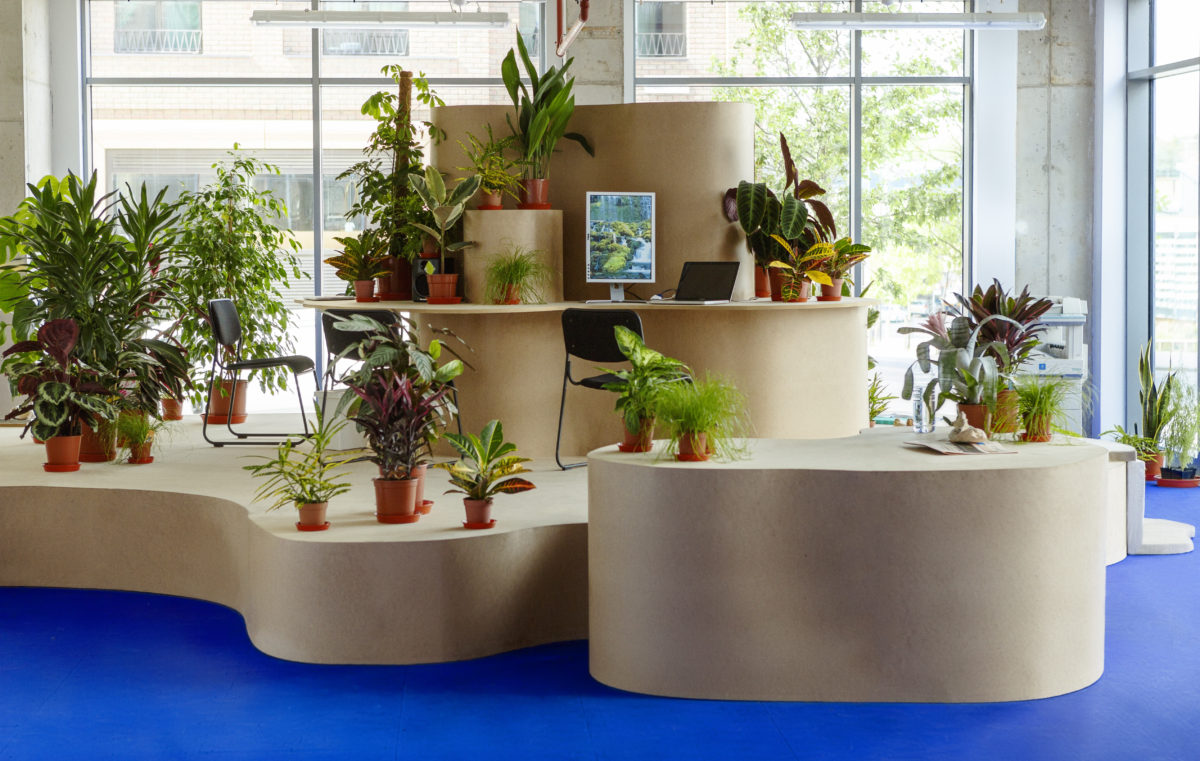
MF: The shows in Kings Cross, I guess like all our work, really thought about what strategies are available to artists to find ways of being creative in a city like London – whether that’s finding space, time or opportunities to work. Something Auto Italia has always offered us is a collective space that gives us support and opens us up to opportunities that wouldn’t be available to us as artists individually. We like to use the organisation as this thing to push us and other artists and help us be productive, and be and do more than we could as individuals.
I think the spaces have had a massive effect on the projects and exhibition strategies, particularly in terms of scale. The enormous warehouse we were using enabled us to do projects like Auto Italia LIVE – a livestreamed artist-made broadcast for which we built a fully functioning TV set – or Bodies Assembling a screening programme in collaboration with Cinenova where we built a cinema in there.
EG: Many Auto Italia shows think a lot about and engage with display strategies. You see this run through past programmes such as Recent Work by Artists and Golden Age Problems for example, and these were again informed by the commercial space they were developed in: from the architecture and politics of urban development, and the precarity artists find themselves in whilst working from them. So different spaces have led to different models of collaboration, with work being influenced by what was available, both in terms of how it was installed but even down to how the work was documented.
MF: This is the most formal “gallery space” that we’ve had. It’s not really been in the history of Auto Italia, which I think is good, because it’s encouraged projects to take on different forms, challenging what a show could or should look like. And I’m happy that even here it’s not a white cube; there are definitely challenges with the space, which are going to be interesting to work through over the next few years.
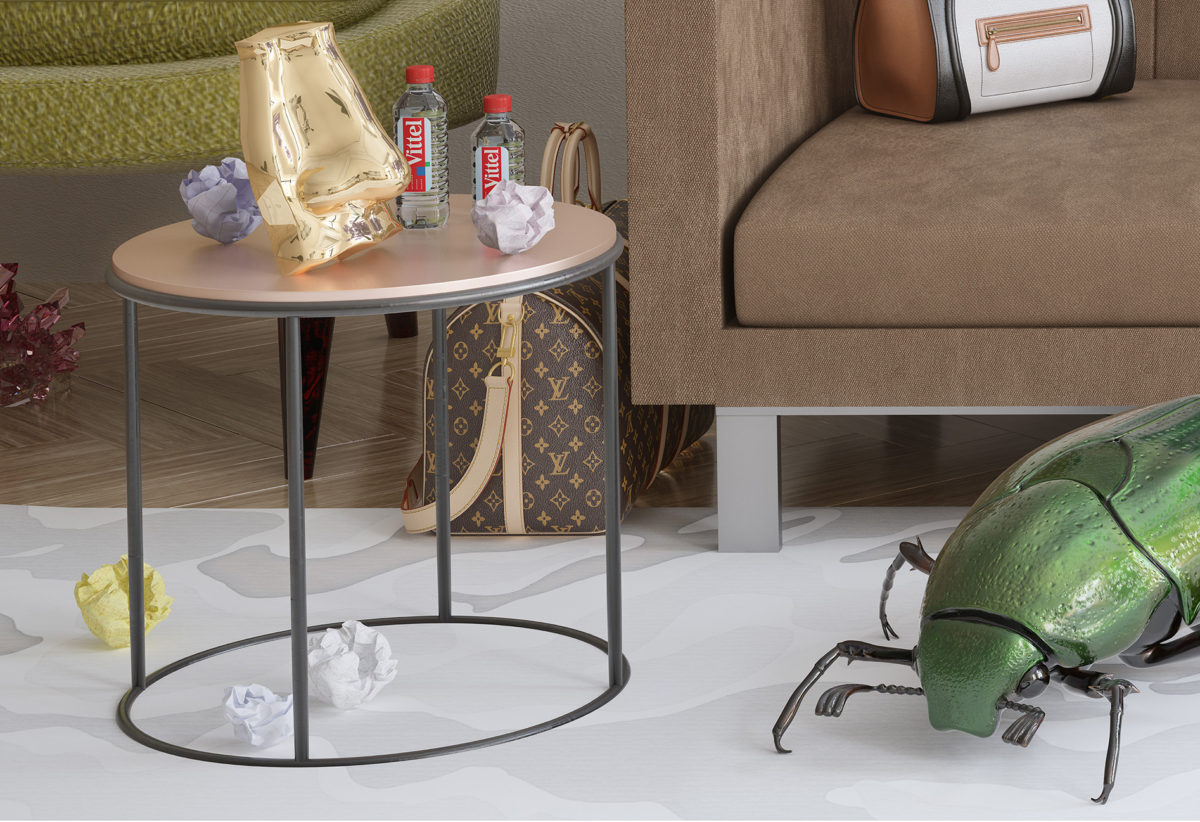
SC: What do you think makes Auto Italia different from other non-profit arts organisations?
EG: At the heart of it, we’re an artist-led space and research project. Of course there are many other artist-led spaces in London but what I find so exciting about Auto Italia is that it is able to operate both as an organisation and as an artist. For us to be able to receive commissions to work as artists, but also have a model where we can commission artists and collaborate with producers is something that interests us all.
MF: We have an operational model that we follow at the moment but there’s so much potential in terms of what this could become. It feels like there are no limitations to what it could be. I like what Ed said, I also like that we can work on these different waves depending on what’s required or what we’re interested in at that moment.
SC: Can you tell us a bit about the working dynamic between the Auto Italia team?
MF: It comes back to this active research idea; we generally have interests and themes that simultaneously go on. At the moment our team is split across London, Amsterdam and Berlin, and with this geographical separation right now we have a huge number of project management tools, setting up spaces for us to dump all our ideas. Using digital tools as a way for us to all talk about work, interests and programming in many ways feels timely to reality of contemporary creative labour: where people become split across spaces due to current economic and/or political circumstances. It’s hard to describe how it actually works but it’s through conversation and research. Different research topics and strands naturally arise and we find something that we’re all interested in at that moment. In saying this, we also have opportunities for individuals to really pursue what they find the most compelling and bring that back to everyone else.
I think one of the interesting things about Kate and Marleen not being in London is that they’re meeting lots of different artists from different art scenes, and they’re able to bring that back to the group. It’s refreshing. I think in London, sometimes you can get quite stuck in the same sort of thing.
SC: I understand the projects are largely led by the artists and contributors involved – how does that process of collaboration work? And why do you think it’s successful?
MF: As you’d imagine, it varies completely depending on the project. With Recent Work by Artists, we knew we wanted to interrogate the King’s Cross space, and we really wanted to think about what having this creative space meant in 2013. We started working with a group of artists, Tim Ivison and Julia Tcharfas, George Moustakas, and Rachel Pimm, and set up a think-tank with regular meetings, assessing the space and coming up with ideas about what form the project would take. The project took its formal visual shape as an investigation into a “hot desking” work environment, with the artists working to create a new workspace for Auto Italia and the public. It became a hub for thinking through and discussing the regeneration that we could see and feel around us, and thinking what that meant for us as creative workers.
The Auto Italia LIVE project was almost a collective experiment in working with and understanding the format of live television, and inviting a range of artists to engage with that. It was particularly interesting for those who had never worked with film or performance to think about how they could present work on a TV show. The entire crew was made up of artists who learnt the skills required on the job. The project really grew in all aspects – editorially, conceptually ,and in how artists were working together to produce it – until 2012, when we did our last episode at the ICA.
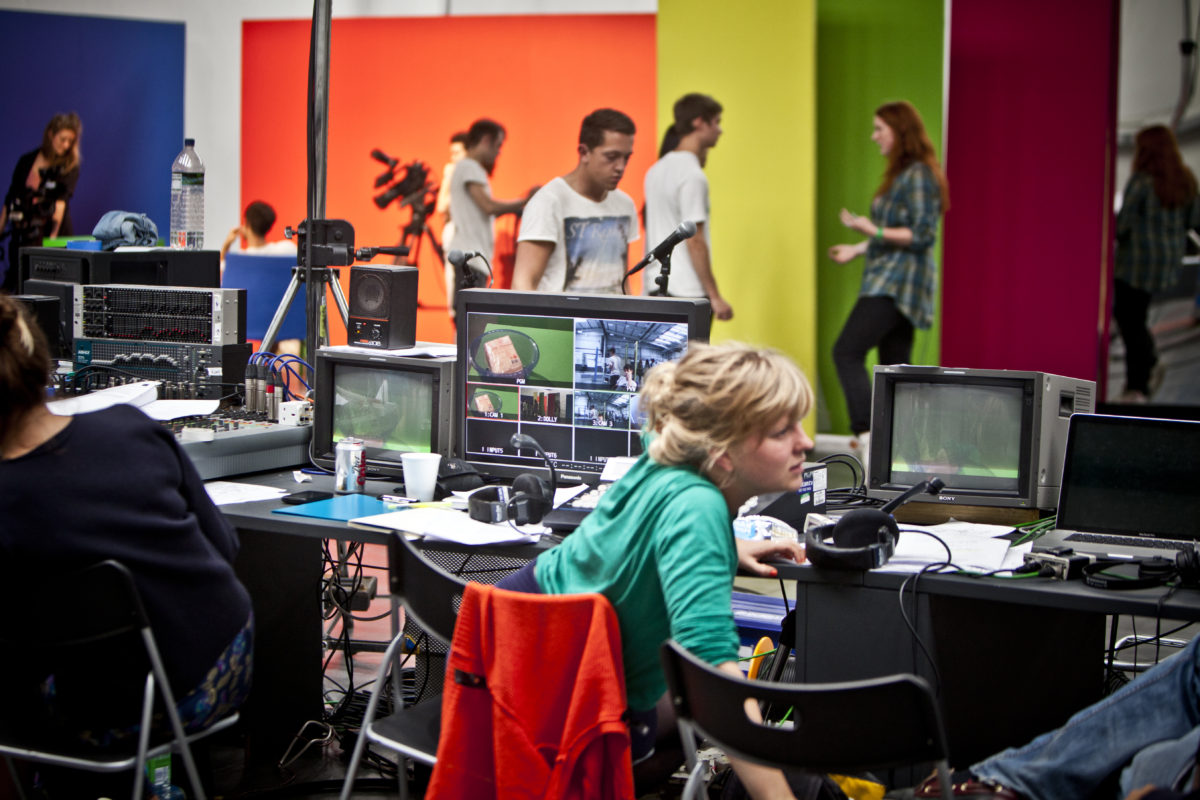
EG: I think with Hailweed it was very much about connecting with artists and collective agencies exploring or initiating alternative production systems for distributing work, thinking through the politics of artistic exchange relationships between artists, institutions and wider cultural actors. With this project, it’s important to note that we used a combination of existing and newly produced work: so that the exhibition space became a combination of both host and participant. We don’t see this process of collaboration, production and programming as autonomous processes, instead they all form part of a wider vocabulary of our artistic practice. Many of our collaborators occupy different roles and positions as practitioners, often working with commercial sectors such as coding, photography, fashion, advertising, or music video production. We think it’s exciting to not shy away from alternative forms of creative collaboration within an art context. Auto Italia’s programmes have always been interested in interrogating these different labour and production models, thinking through the politics of collective practice and collaboration.
SC: How do you go about discovering and selecting artists to exhibit? Are there any platforms you look to to find emerging talent?
EG: I think a big thing aside from getting out there and trying to see as much as possible, is encouraging people to introduce themselves to us. It’s a very open space and we like artists to come to us and chat – particularly moving forward as we interrogate the resource of having a permanent space from which to programme and build relationships with artists. We can think about it as this network that grows exponentially – so often artists we’re working with will introduce us to new artists that they know.
SC: Tell us about some of the most memorable projects you’ve worked on at Auto Italia. Are there any artists or collectives that you particularly enjoyed collaborating with?
MF: I think a recent one that’s stuck with me the most is Meet Z. It was a learning opportunity for me as well as a way to make work online. I found the whole process of learning how to engage with code as a creative material and working with artists and technical specialists that we would not have otherwise had access to.
EG: For me, I’d say Recent Work by Artists – it was one of the first projects I helped out with. It was the first time I was properly introduced to the idea of thinking of production and collaboration as a material of an artwork, and it was a completely different way of thinking about the politics of artistic labour for me. I found it was massively important for my work after that.
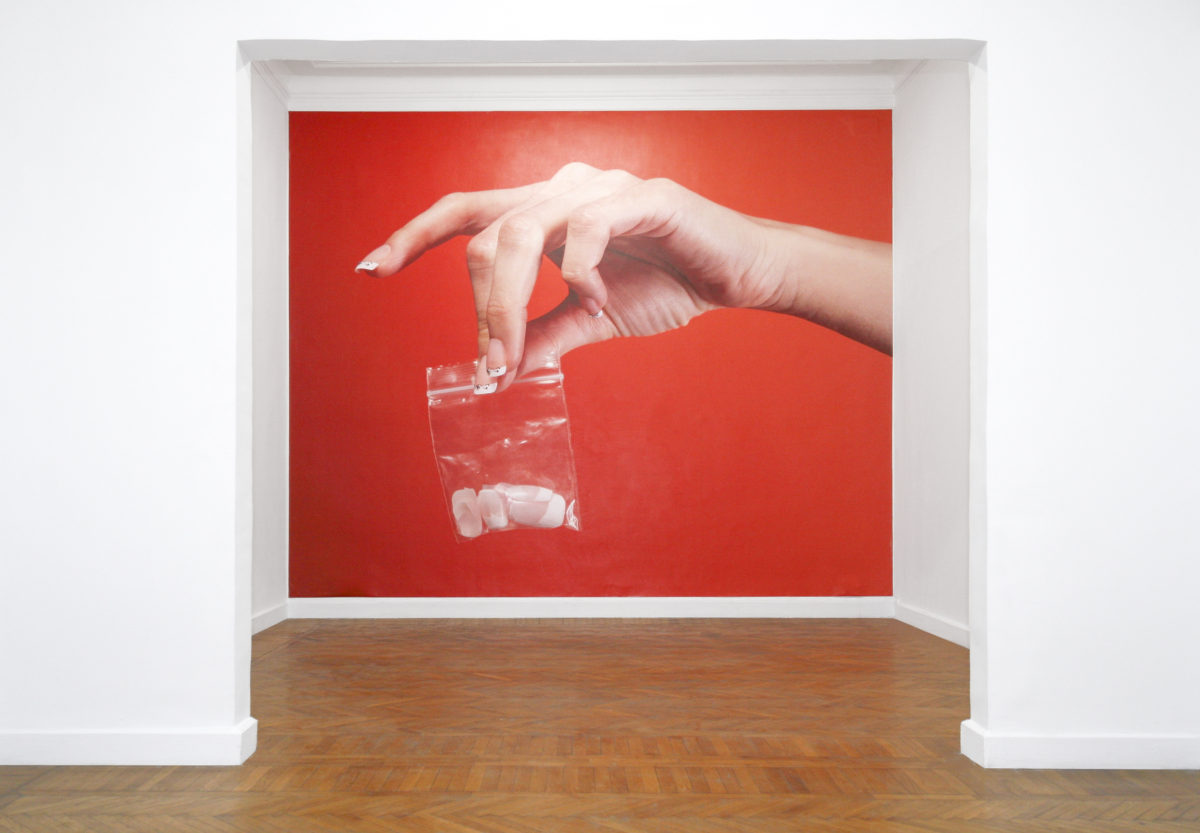
SC: How did you get into this field?
EG: I was volunteering at Auto Italia whilst studying Fine Art at Central Saint Martins. The relationship just kind of grew from there.
MF: I’m from more of an art theory background in terms of my formal education. I initially volunteered as well and then just started working with the group after that. It’s a nice mix – Kate and Marleen are both from Fine Art backgrounds as well but the artists that we work with are from such a range of fields. I would always define everyone here as an artist and I think it’s important that we claim that position.
SC: What does London offer you as the site of your organisation?
MF: I think London is sometimes a difficult place, just its size and constant pressure and busyness; it can feel like everyone is flattened under it. I find when I go somewhere else, there’s more time to meet artists properly and have long conversations. We did a project last year where part of it went to Liverpool, and we took a group of artists with us to spend a few days working with The Royal Standard, which was amazing. We had a lot of time to just focus on the development of ideas and work, and everything was extensively discussed. I’m not sure you naturally come across this kind of atmosphere in London. In saying this, I think Auto Italia only survives because of its community and that’s at the heart of it, and it’s largely in London.
SC: Where do you guys live and what drew you to the area?
MF: I live in Haggerston – I don’t know if it’s good or bad thing but I always seem to live in close proximity to wherever Auto Italia is. It’s a total coincidence. I mean, it’s a little depressing but one of the only ways we’ve managed to make Auto Italia work as a full time job is by all finding a cheap living situation and we are very conscious of being at the mercy of the London rental market.
EG: I live in Bow, and have lived around there and Victoria Park for the past four years now. I pretty much moved to East London so that I was close to the spaces I go out to with friends, venues such as the Joiners Arms. Yeah, so it was mostly decided by club culture and an opportunity for cheap rent. I really see these cultural spaces, in terms of nightlife, being quite analogous to art spaces like Auto Italia – these social spaces are struggling in similar ways, like Joiners closed down, and it was a community project trying to produce something collectively, similarly to the way we are. I don’t think the way the city is managed at the moment enables these types of spaces and projects to happen very easily, and it’s gutting to see them continue to disappear. The geography of these neighbourhoods will change so much as independent non-commercial nightlife and cultural space changes. However people still congregate here and there’s still potential for movement once the cracks widen in more conservative policy, so I’m hopeful that things will change. Seeing spaces like The Queen Adelaide open at the same time as our new project space opening in Bethnal Green is really promising.
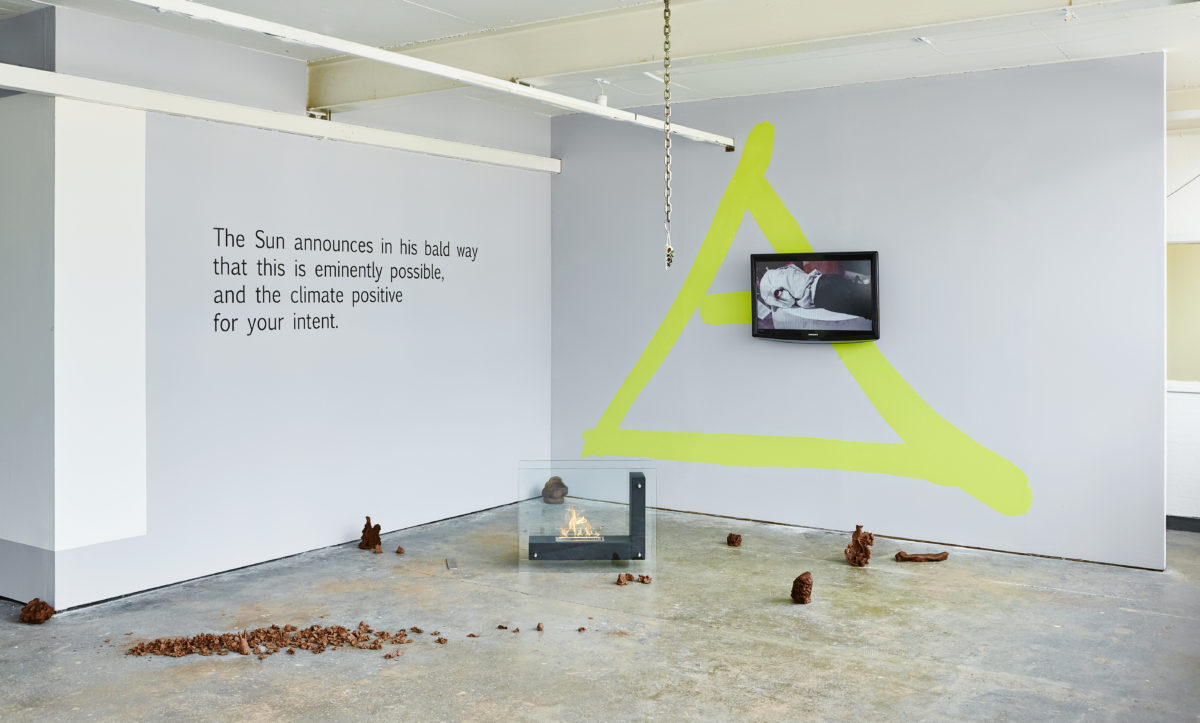
SC: Favourite restaurant?
EG: My favourite restaurant is Misato near Chinatown – it’s cheap and great Japanese food. You will have to queue for twenty minutes for a seat but it’s really good – you should go.
MF: I go to Shanghai in Dalston quite a lot. It’s a Chinese place in an old fish and chip shop.
SC: Favourite shop?
EG: iOffer – it’s basically online sellers from China who produce great knock offs. I just ordered from there for the first time – all these pink Kenzo jumpers for £10. I did read on Reddit that you can order a jumper and end up with a pair of baby shoes.
MF: It’s amazing – they sell fake everything and so many phone cases, like Dior perfume bottle ones in all different colours. I think I’m going to see the quality of Ed’s Kenzo order before buying anything.
SC: Favourite holiday destination or where would you live if not London?
MF: In terms of living, after the recent referendum, I don’t really know anymore. I do really enjoy Berlin but I’m not sure if I’d want to stay there permanently.
EG: Barcelona.
Hailweed is open at Auto Italia till July 17th 2016.
44 Bonner Rd, London E2 9JS
Images courtesy of Auto Italia South East and the artists
Interview by Keshav Anand